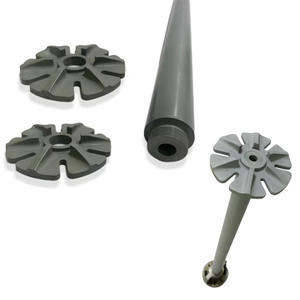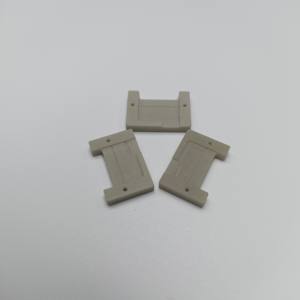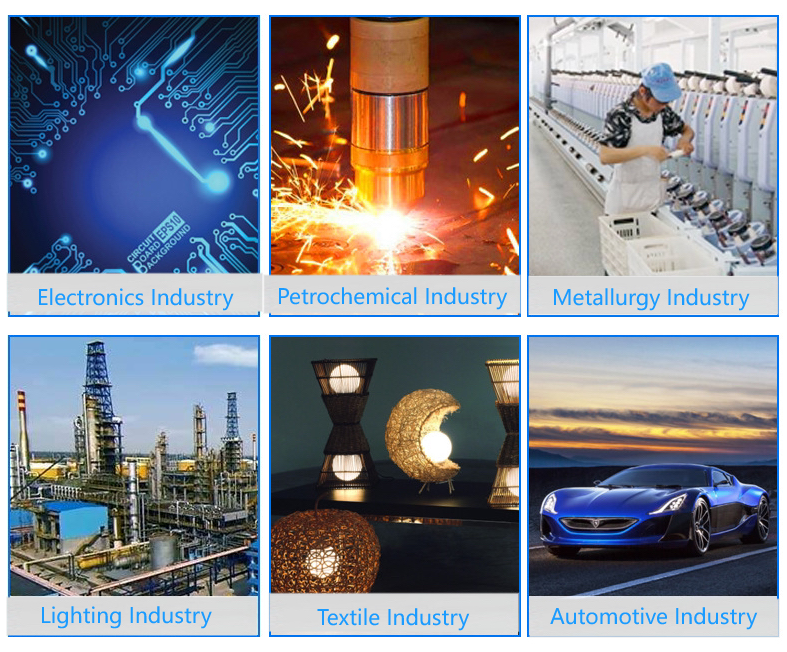Professional industry ceramic supplier, silicon nitride, silicon carbide, aluminum nitride and any other kinds of ceramics.
PRODUCT PARAMETERS
Description
Overview of Laser Cutting Scribing Aluminum Nitride Substrate Aln Ceramic Heatsink
Laser Cutting Scribing Aluminum Nitride Substrate Aln Ceramic Heatsink is an advanced technical ceramic renowned for its exceptional thermal conductivity and reliable electrical insulation. It is a key material in high-power electronics, LED lighting, and semiconductor processing, effectively managing heat in demanding applications where performance and reliability are critical.
Features of Laser Cutting Scribing Aluminum Nitride Substrate Aln Ceramic Heatsink
- High Thermal Conductivity: Offers excellent heat dissipation, comparable to beryllia (BeO).
- Electrical Insulation: Maintains high electrical resistivity even at elevated temperatures.
- Low Thermal Expansion: Matches the coefficient of thermal expansion of silicon, ideal for semiconductor substrates.
- Excellent Mechanical Strength: Possesses good mechanical properties for structural integrity.
- High-Temperature Stability: Performs reliably in harsh environments and at high temperatures.
- Non-Toxic: A safe alternative to beryllium oxide (BeO) ceramics.
Specification of Laser Cutting Scribing Aluminum Nitride Substrate Aln Ceramic Heatsink
This product uses laser cutting for Aluminum Nitride (AlN) ceramic substrates. AlN ceramic is a strong material. It handles high temperatures well. It moves heat very effectively. This makes it perfect for heatsinks.
We precisely scribe and cut the AlN. Laser cutting offers excellent accuracy. It creates clean, sharp edges on the ceramic. This process minimizes material damage near the cut lines. It avoids cracks or chips. You get reliable, consistent parts every time.
Key specifications define the product. The base material is high-purity Aluminum Nitride ceramic. Standard thicknesses are available. Common sizes include 0.25mm, 0.38mm, 0.635mm, and 1.0mm. We cut custom sizes too. Just tell us your requirements.
Thermal performance is critical. AlN ceramic has high thermal conductivity. Typical values range from 170 W/mK to 220 W/mK. This moves heat away from components fast. It prevents overheating. Electrical insulation is also important. AlN provides excellent electrical isolation. It withstands high voltages.
Surface finish matters for assembly. Laser-cut surfaces are smooth. We control roughness carefully. Typical Ra values are low. This ensures good bonding with other materials. Flatness is tightly controlled. This guarantees proper contact and heat transfer.
Common applications include power electronics. Think LED lighting systems. Think high-power RF modules. Think semiconductor packaging. AlN heatsinks manage heat in demanding environments. They ensure device reliability and long life.
Applications of Laser Cutting Scribing Aluminum Nitride Substrate Aln Ceramic Heatsink
Laser cutting scribing aluminum nitride substrate AlN ceramic heatsinks delivers critical advantages for demanding electronics. This method works exceptionally well for AlN ceramic. AlN ceramic handles intense heat very effectively. It also moves heat away from hot spots reliably. This makes it perfect for high-power devices needing to stay cool. Traditional machining methods often struggle with AlN. They can cause cracks or chips easily. This damages the part and wastes material.
Laser cutting avoids these problems entirely. It’s a non-contact process. The laser beam touches nothing physically. This means no mechanical stress on the brittle AlN ceramic. The laser beam vaporizes the material precisely where aimed. This creates exceptionally clean cuts and scribe lines. The edges remain smooth and free of damage. This precision is crucial for complex heatsink shapes. Intricate fin patterns or channels are possible. These designs maximize surface area for better cooling. Tighter tolerances are consistently achievable. Parts fit together correctly the first time.
The laser process offers excellent control over the cut depth. This is vital for scribing applications. Scribing creates controlled break lines on the substrate. These lines allow manufacturers to separate smaller units cleanly later. Laser scribing ensures these lines are uniform and accurate. This minimizes breakage errors during final separation. It boosts overall production yield significantly. The high precision also means less material removal overall. This reduces waste and keeps costs down. Furthermore, laser processing is fast. It speeds up heatsink manufacturing cycles considerably. This method produces AlN ceramic heatsinks with superior thermal performance. They reliably manage heat in advanced power modules, LED systems, and RF devices.
Company Profile
Tanki New Materials Co.Ltd. focus on the research and development, production and sales of ceramic products, serving the electronics, ceramics, chemical and other industries. Since its establishment in 2015, the company has been committed to providing customers with the best products and services, and has become a leader in the industry through continuous technological innovation and strict quality management.
Our products includes but not limited to Aerogel, Aluminum Nitride, Aluminum Oxide, Boron Carbide, Boron Nitride, Ceramic Crucible, Ceramic Fiber, Quartz Product, Refractory Material, Silicon Carbide, Silicon Nitride, ect. please feel free to contact us.
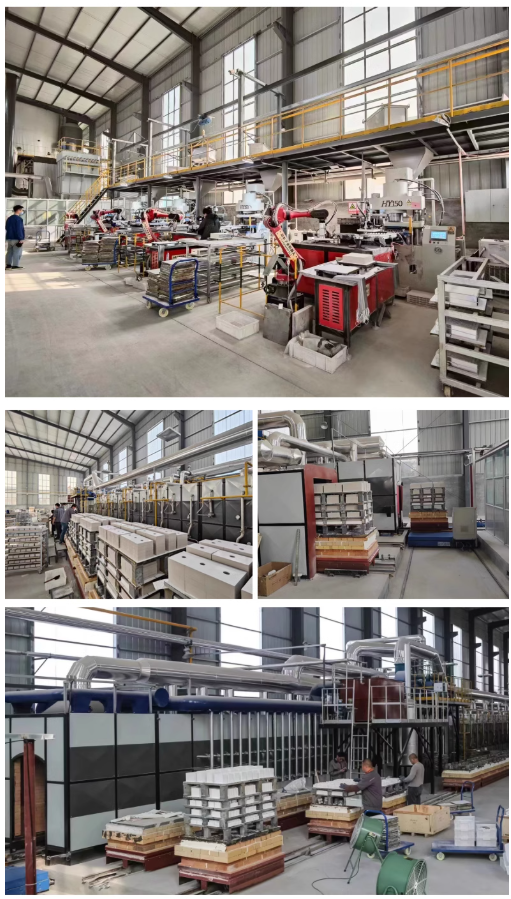
Payment Methods
T/T, Western Union, Paypal, Credit Card etc.
Shipment Methods
By air, by sea, by express, as customers request.
5 FAQs of Laser Cutting Scribing Aluminum Nitride Substrate Aln Ceramic Heatsink
Here are 5 FAQs about Laser Cutting Scribing Aluminum Nitride Substrate Aln Ceramic Heatsinks:
What makes laser cutting good for Aluminum Nitride (AlN) heatsinks?
Laser cutting handles AlN’s brittleness well. The laser beam is precise. It cuts without physical contact. This avoids cracking the ceramic. Laser cutting is fast and accurate. It produces complex shapes reliably. Other methods struggle with AlN.
Why is precision so important cutting AlN heatsinks?
AlN heatsinks fit tightly into electronics. Think smartphones or power modules. The cut size must be exact. Even tiny errors cause problems. The heatsink won’t fit right. It won’t transfer heat properly. Laser precision ensures the heatsink works as designed.
Does the laser heat damage the AlN ceramic?
AlN handles heat well. But too much laser heat can hurt it. The key is controlling the laser settings. We use the right power and speed. We focus the beam sharply. This vaporizes the material cleanly. It minimizes heat spreading into the surrounding ceramic. The AlN stays strong and undamaged.
How smooth is the cut edge after laser scribing?
The laser cut edge is generally smooth. It’s smooth enough for most electronic uses. You don’t usually need extra polishing. The laser process itself creates a clean finish. This is important. A rough edge could create stress points. Stress points might cause cracks later. Smooth edges are stronger.
Is the laser-cut AlN fragile to handle?
AlN ceramic is always brittle. Laser cutting doesn’t change that. The cut parts need careful handling. We package them securely. You must handle them gently during assembly. Avoid dropping them or applying uneven pressure. Treat them like delicate components. They are strong in use but sensitive before installation.
REQUEST A QUOTE
RELATED PRODUCTS
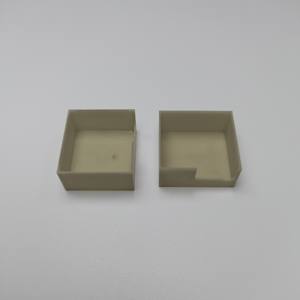
Black Color Aluminum Nitride Ceramic Substrate
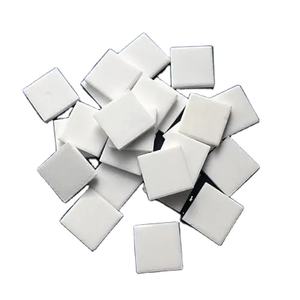
Customizable Aluminum Nitride Aln Ceramic Plate for Electronic Applications China Factory Low Whole
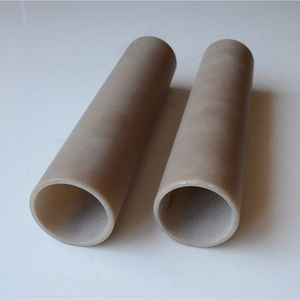
Aln Aluminum Nitride Ceramic Substrate for Power Electronic Device
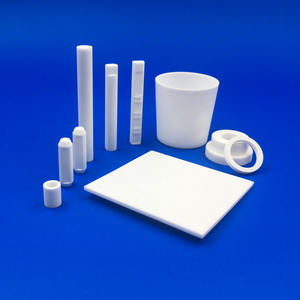
Custom Wear-Resistant Thermal Conductive Aluminum Nitride Ceramic Disc Size Thickness Dimensions Customized According to Drawings China Factory Whole
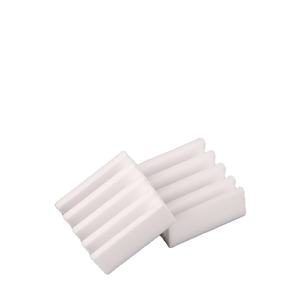
Aluminum Nitride (AlN) Ceramic for Insulation
